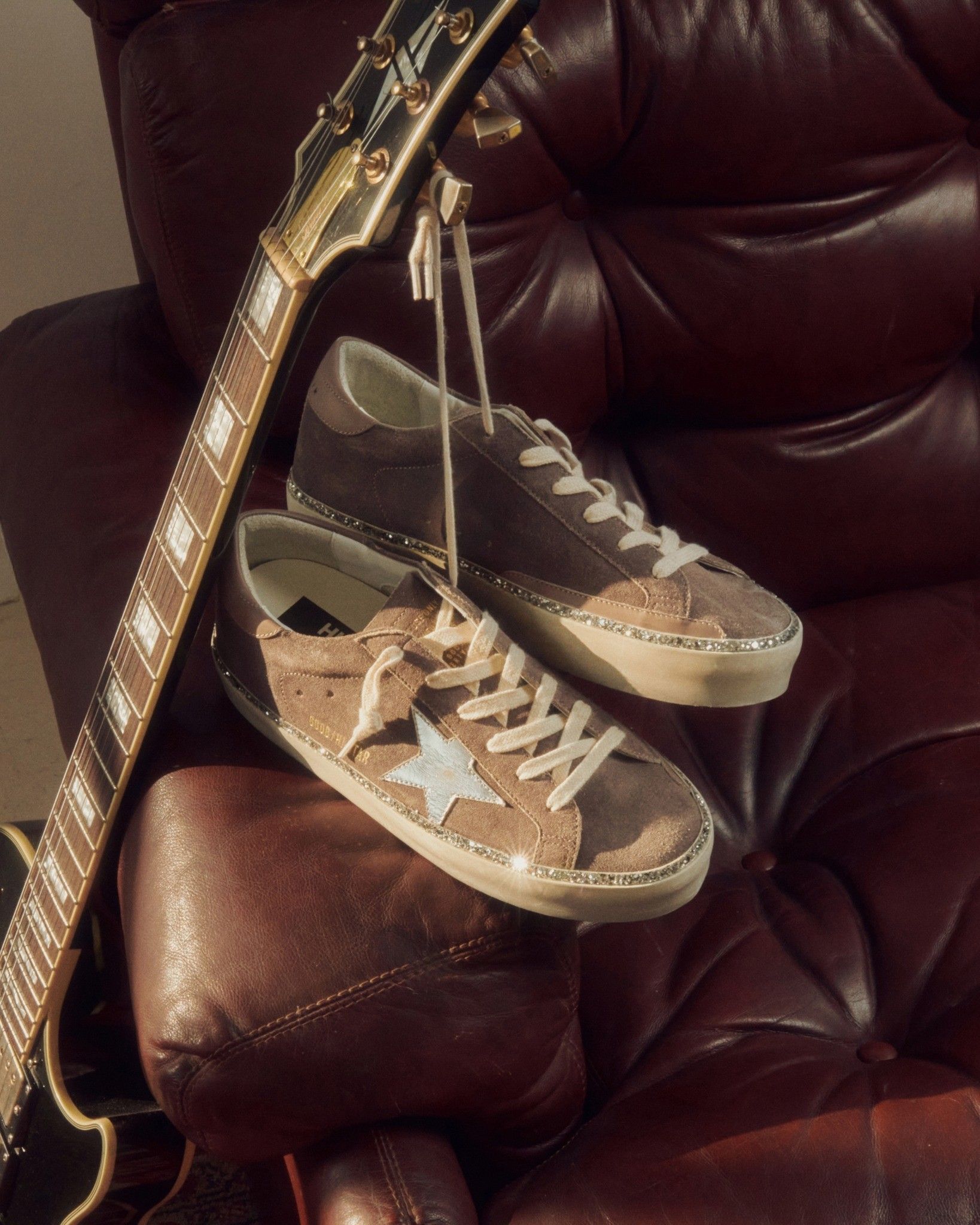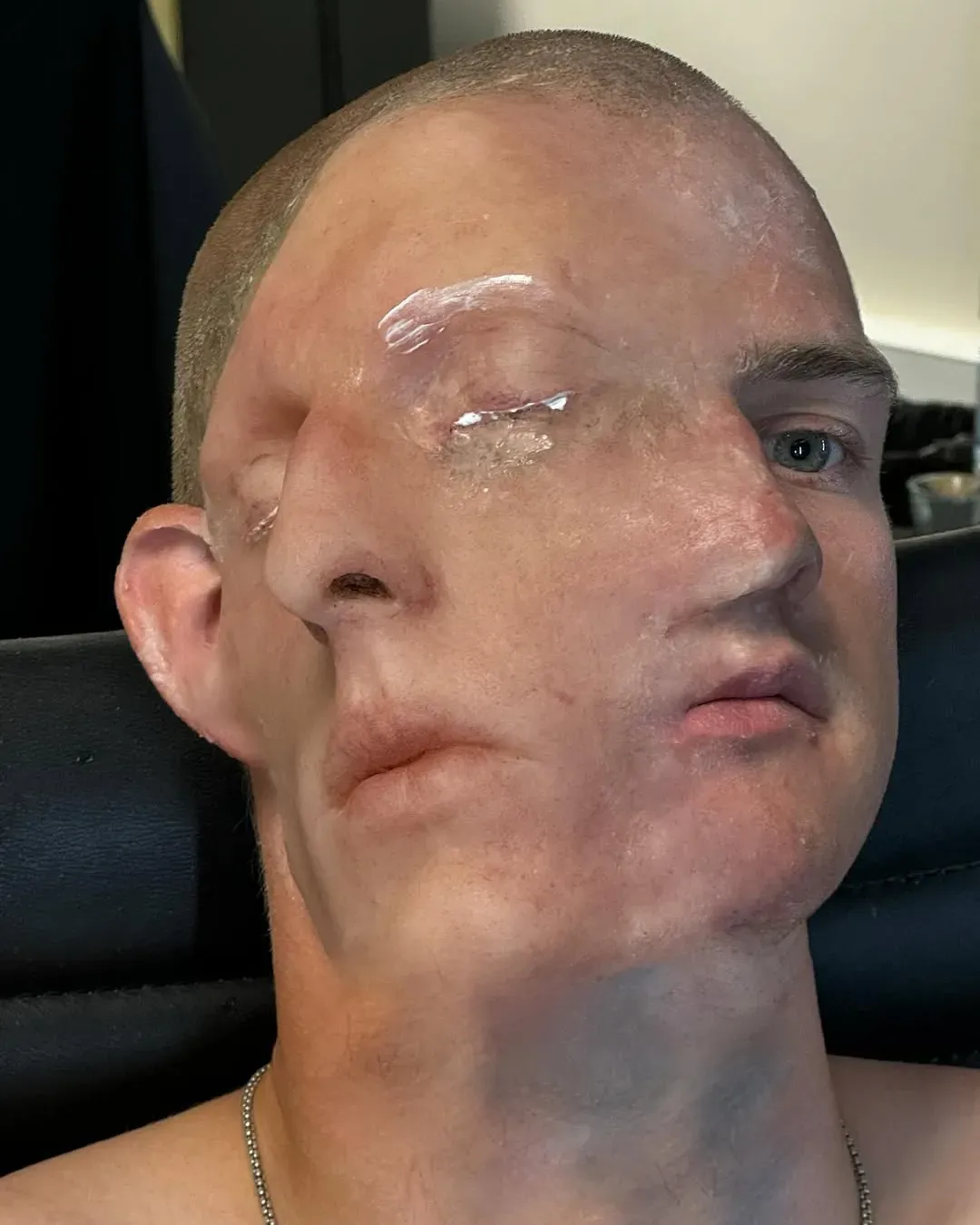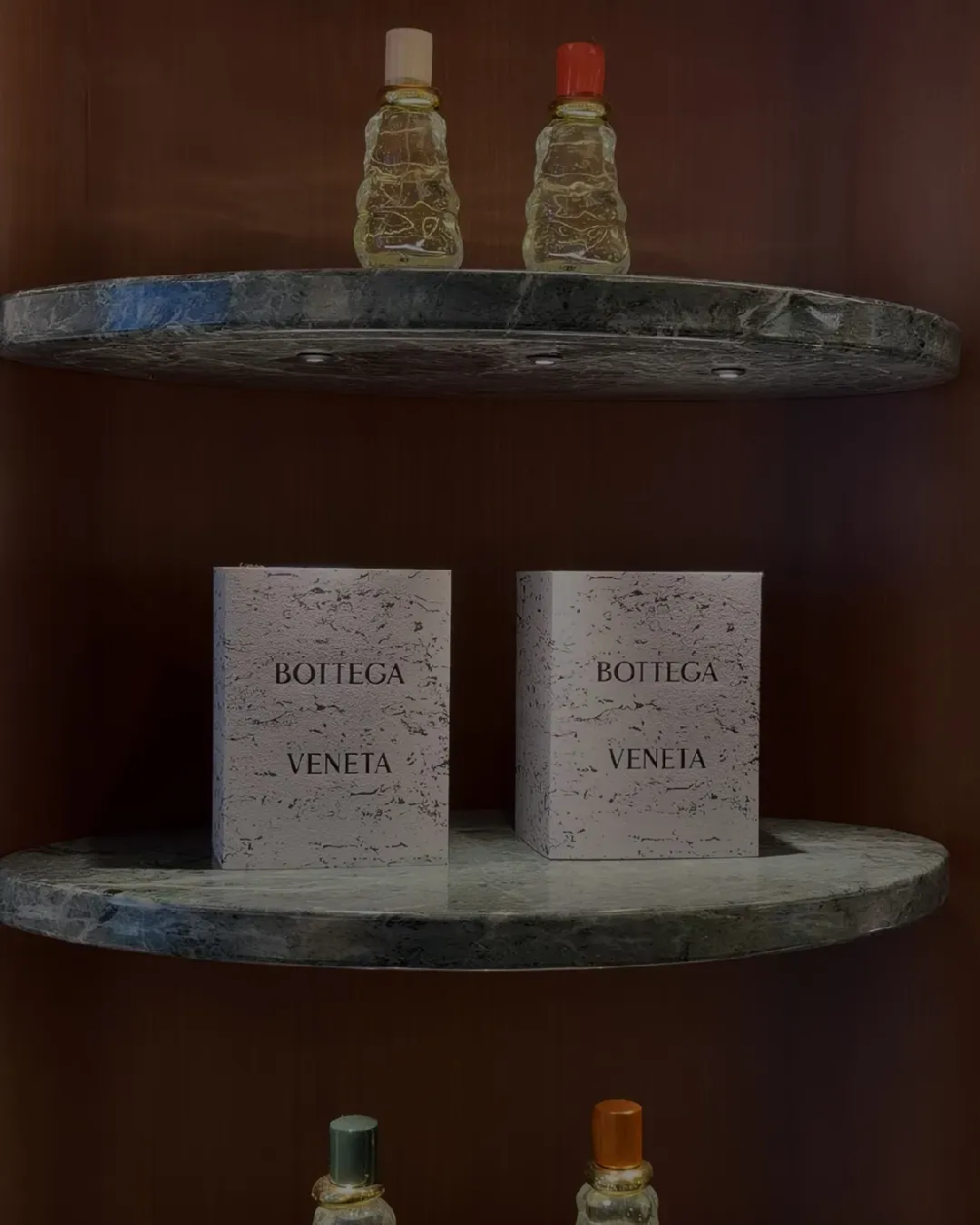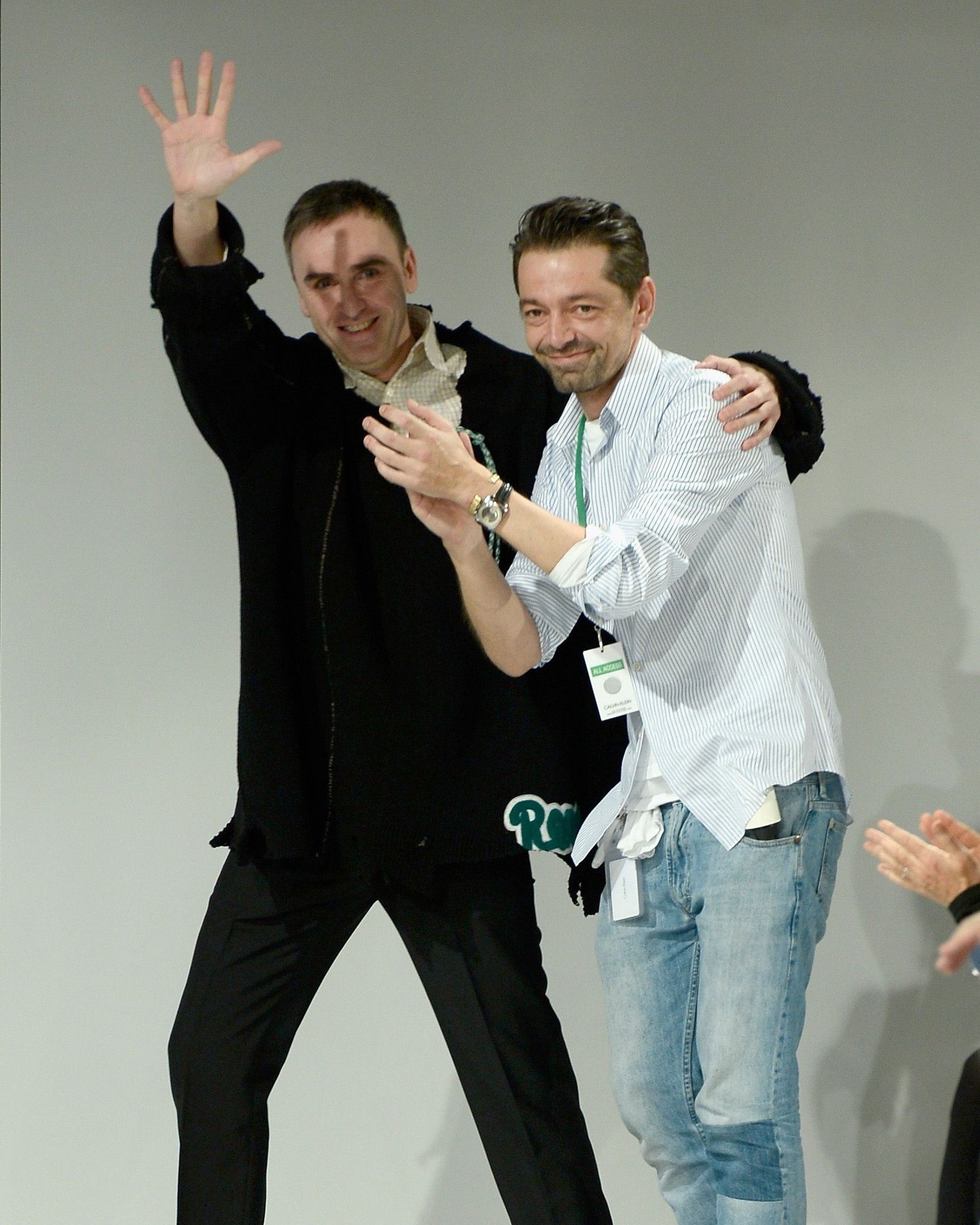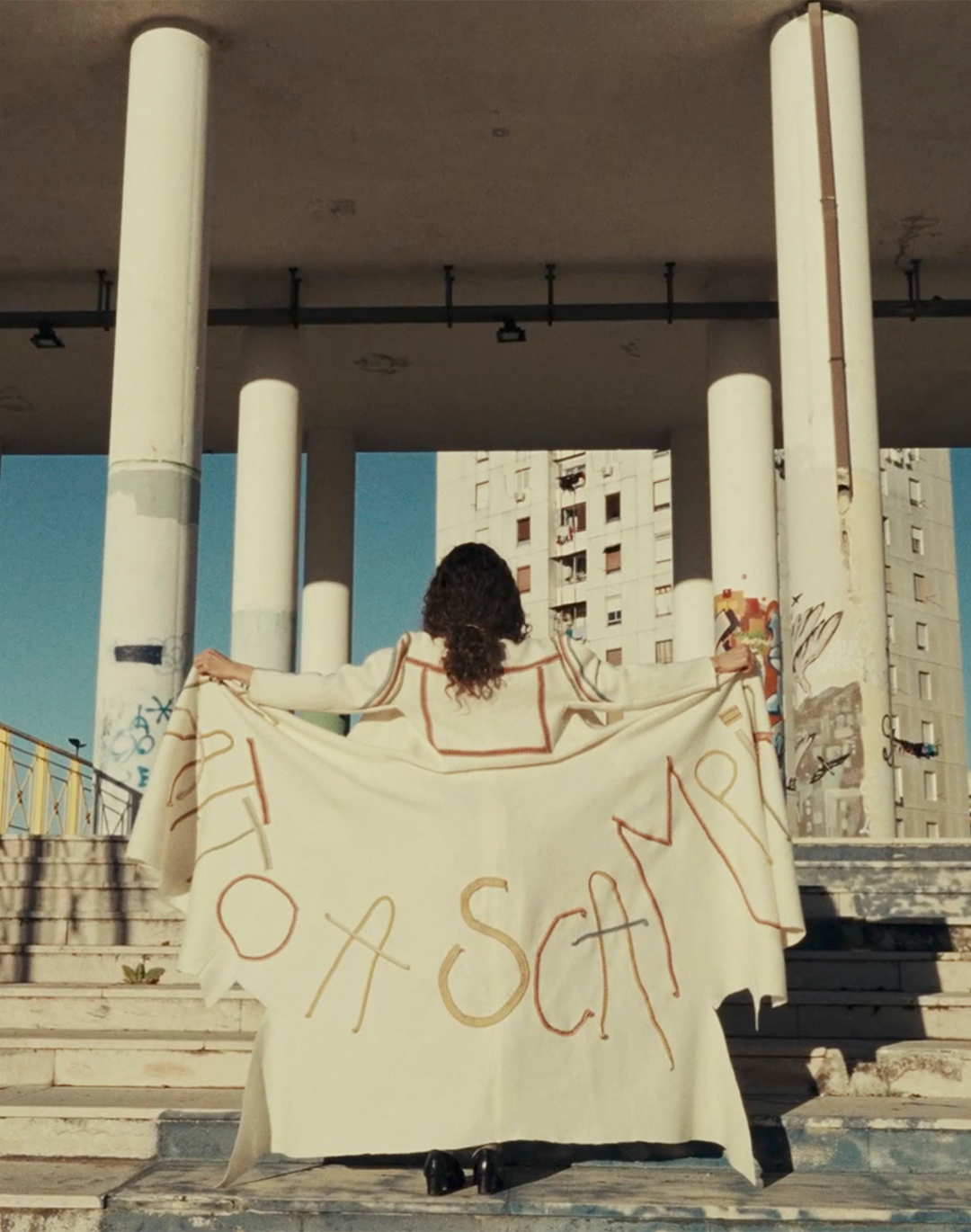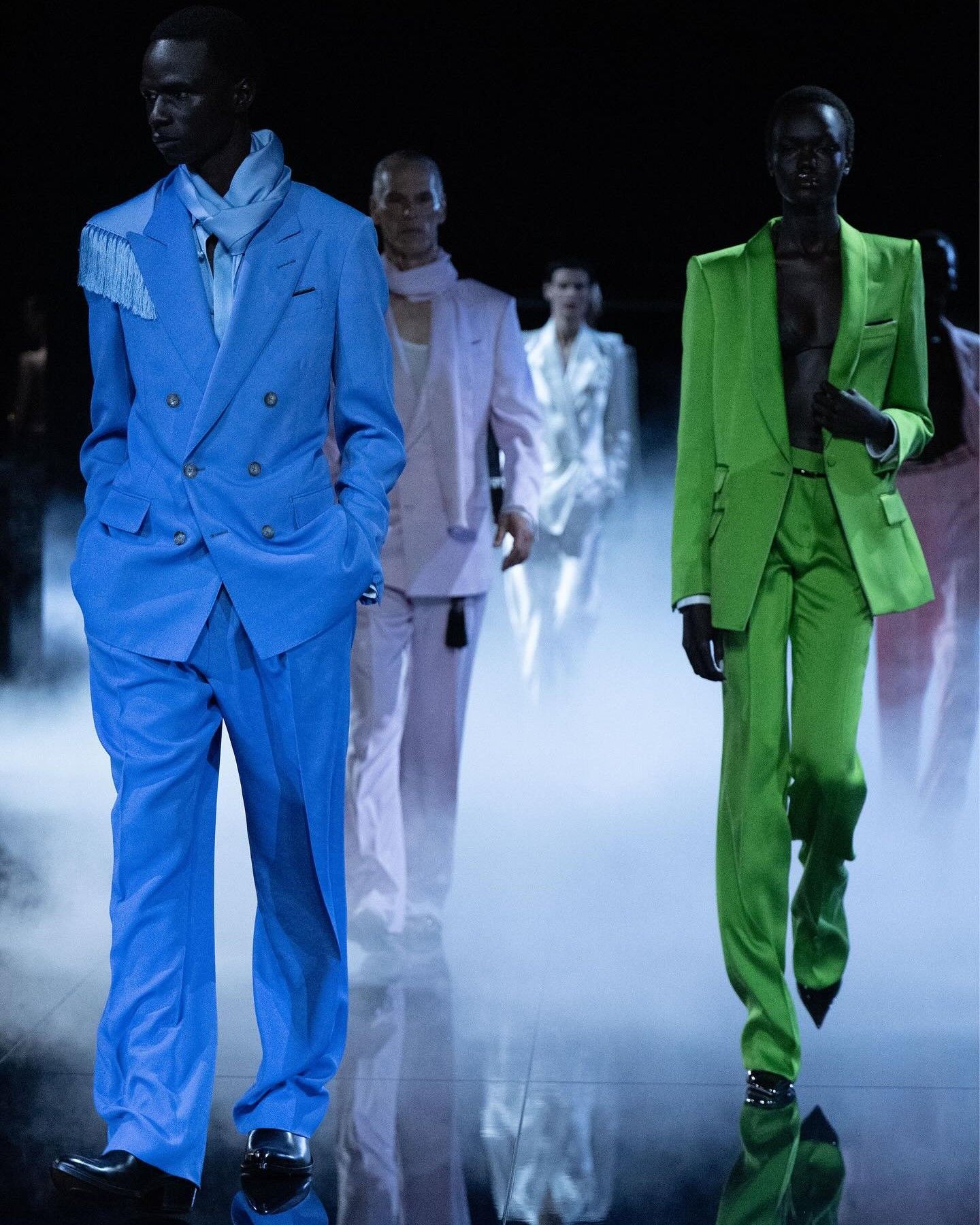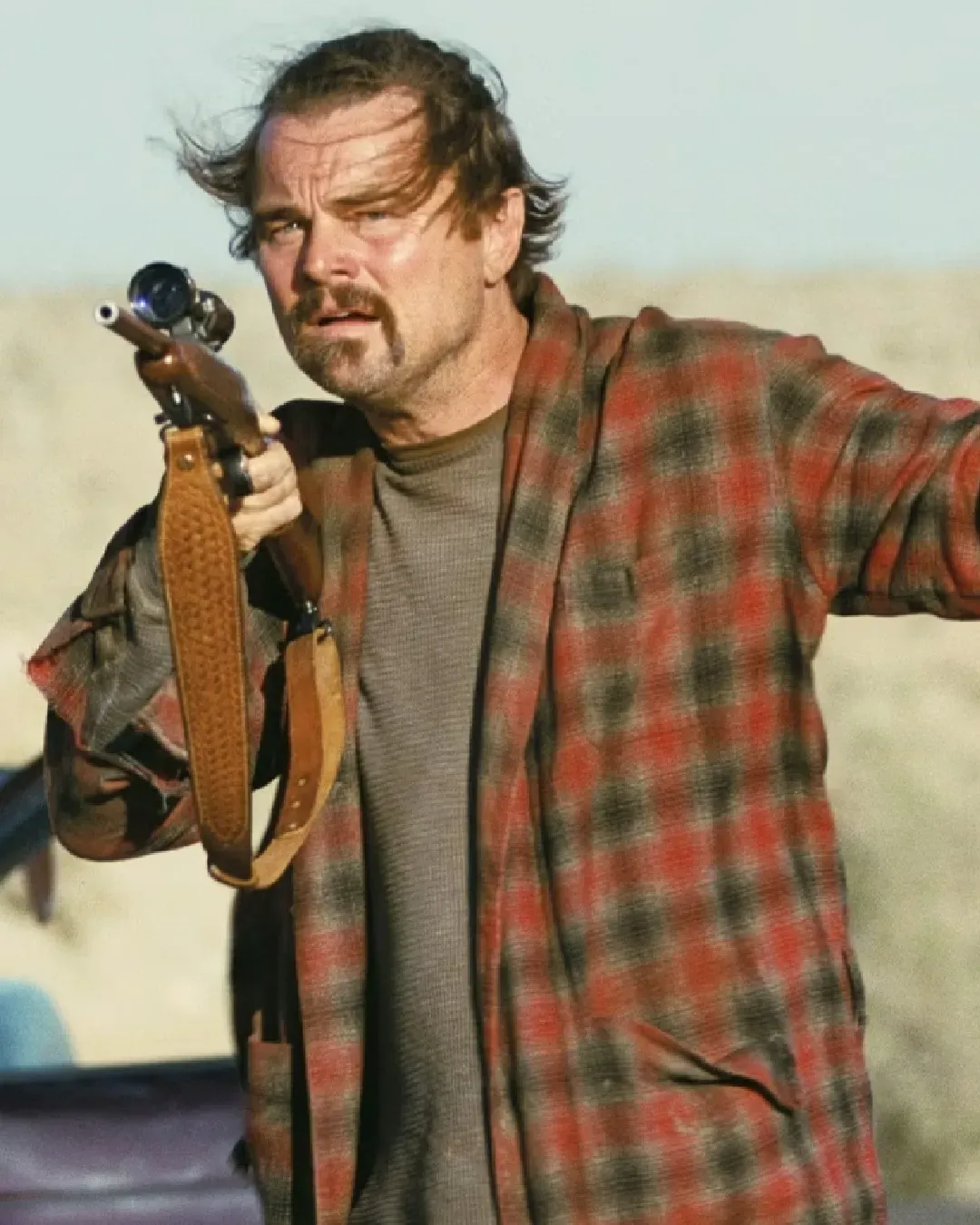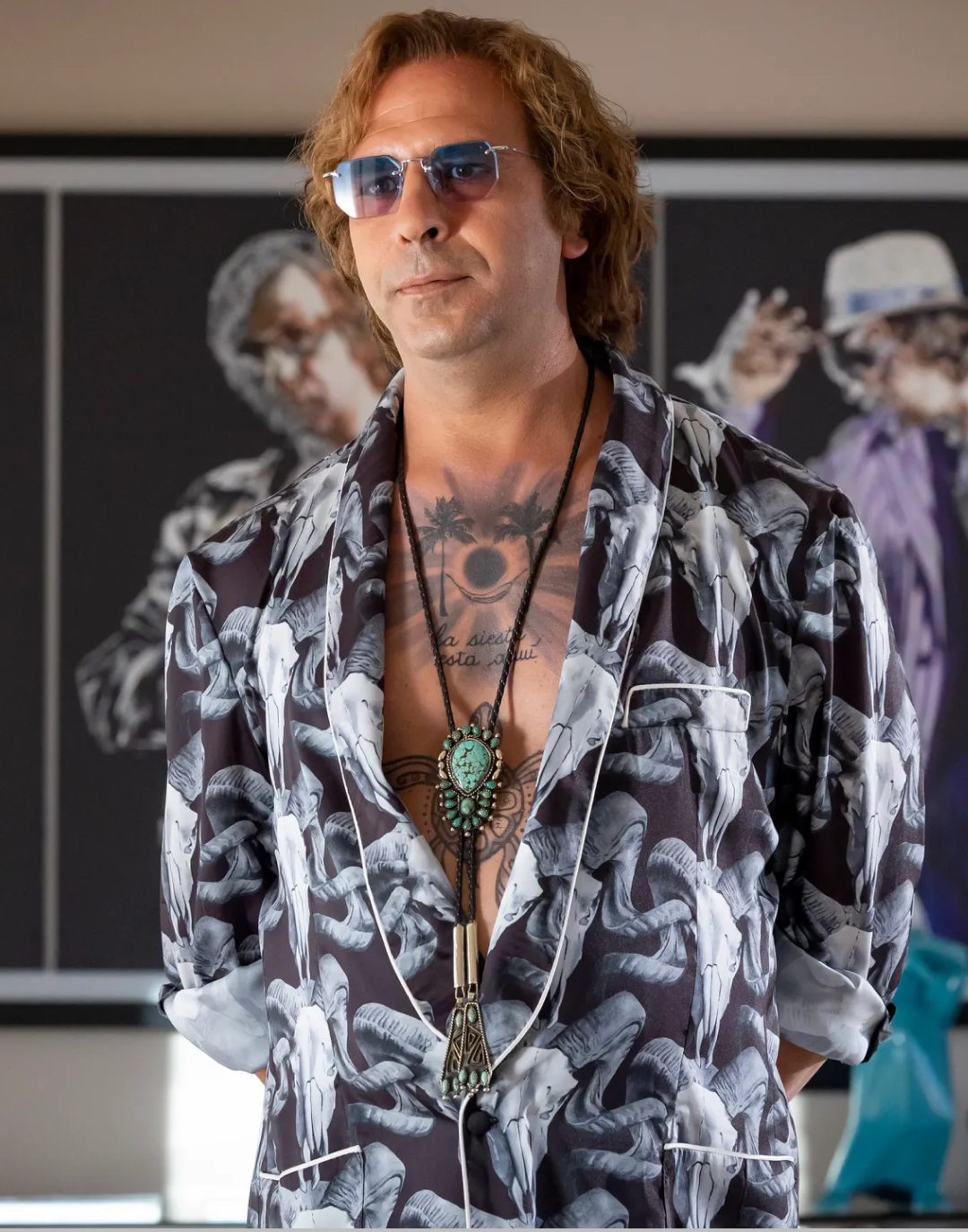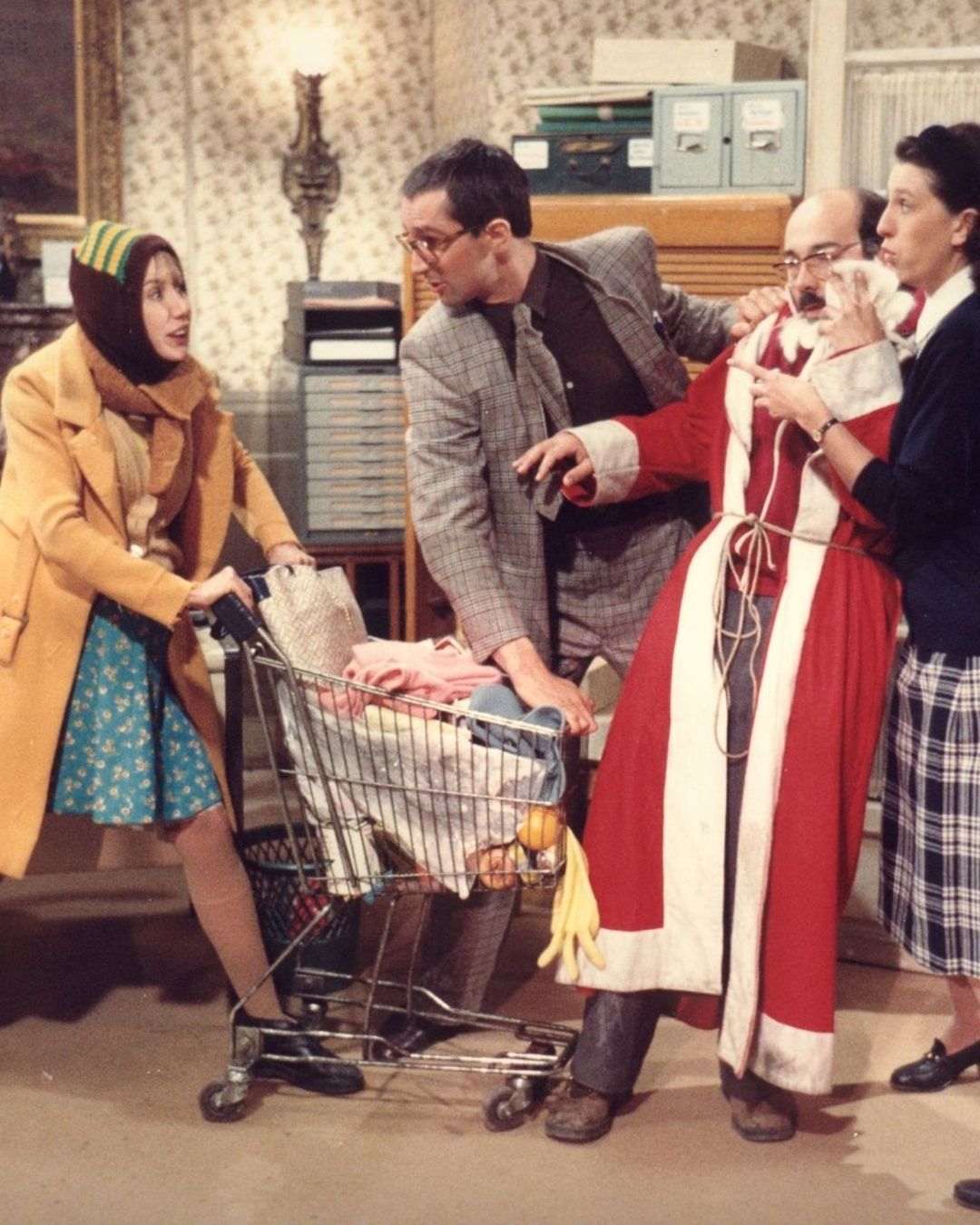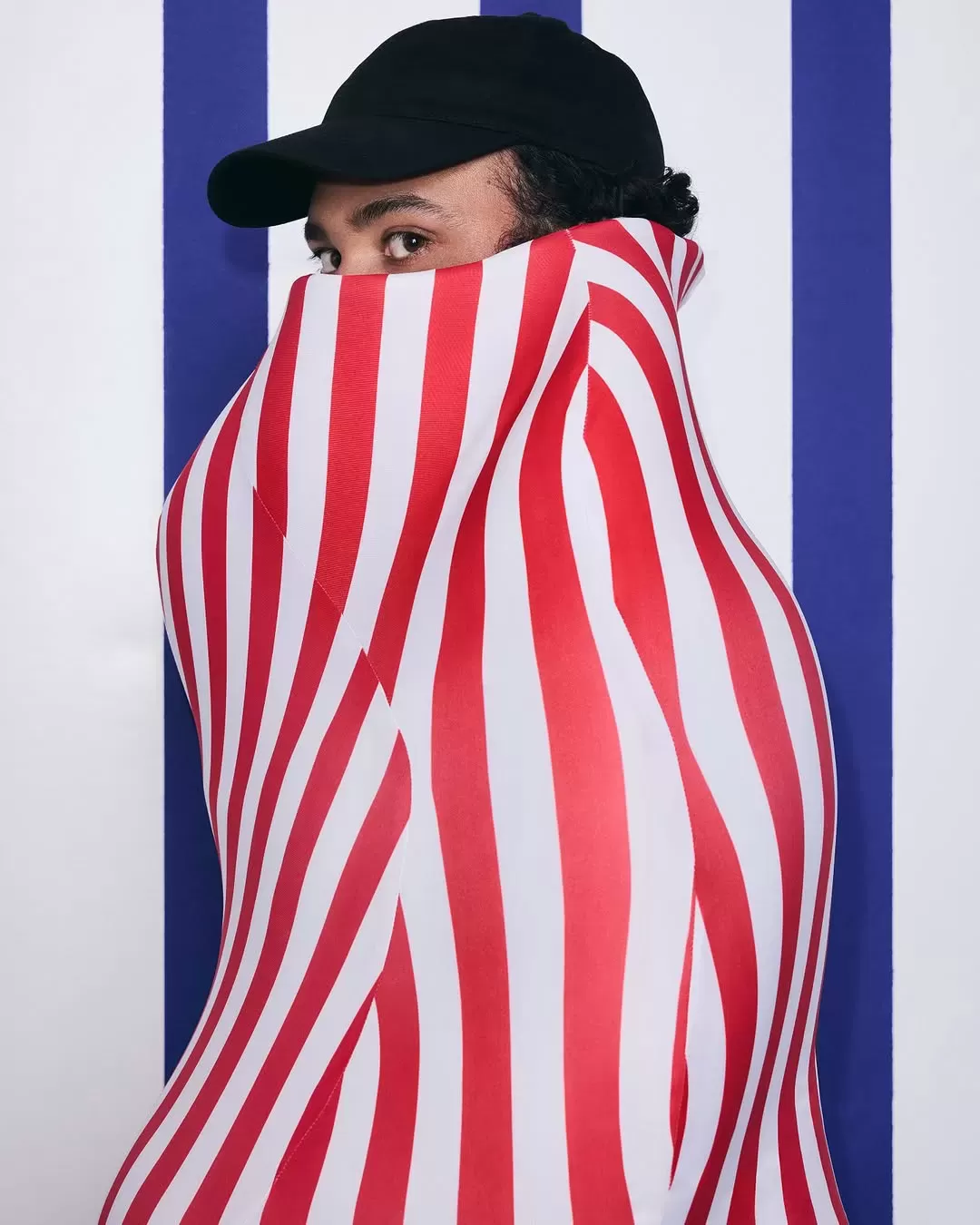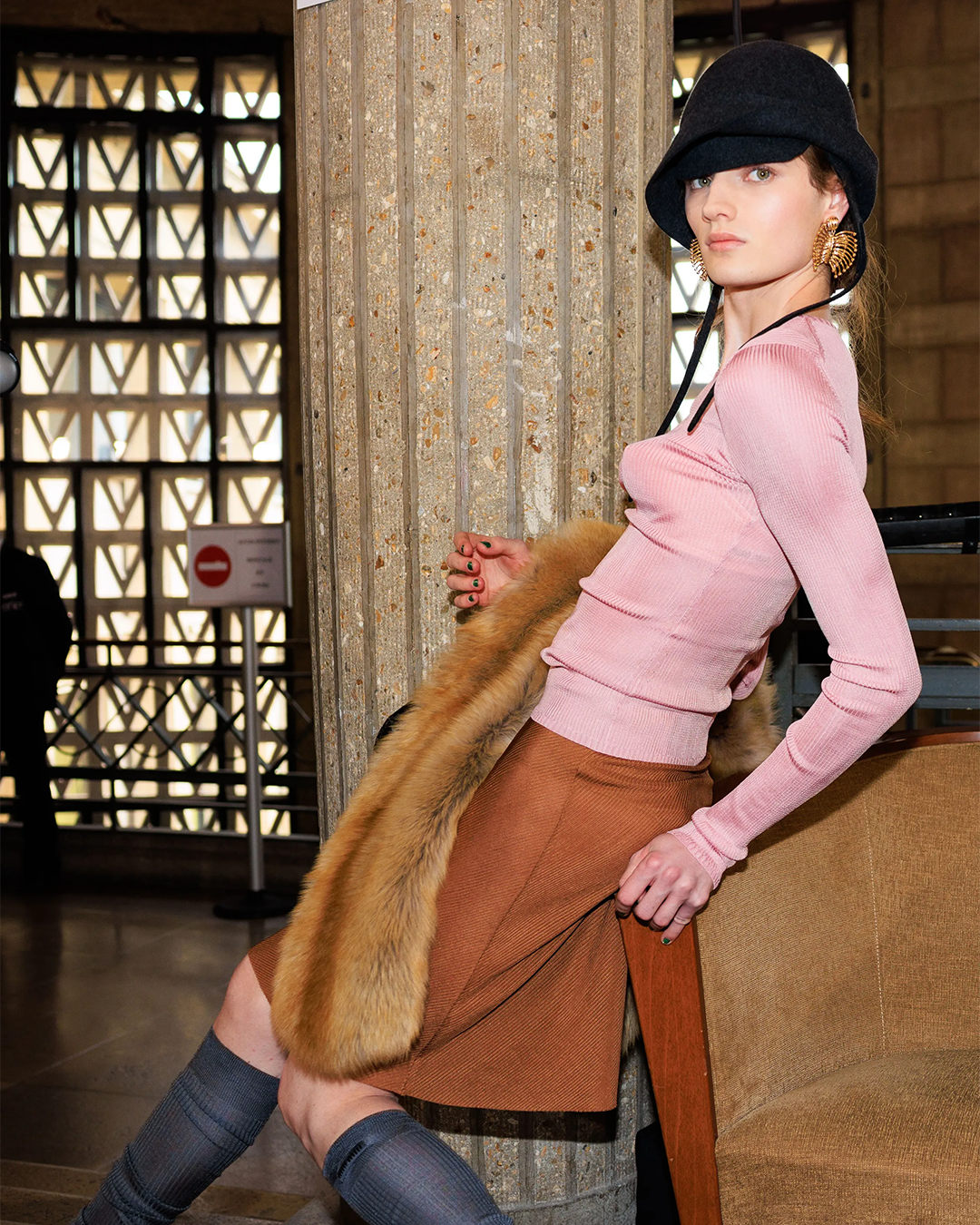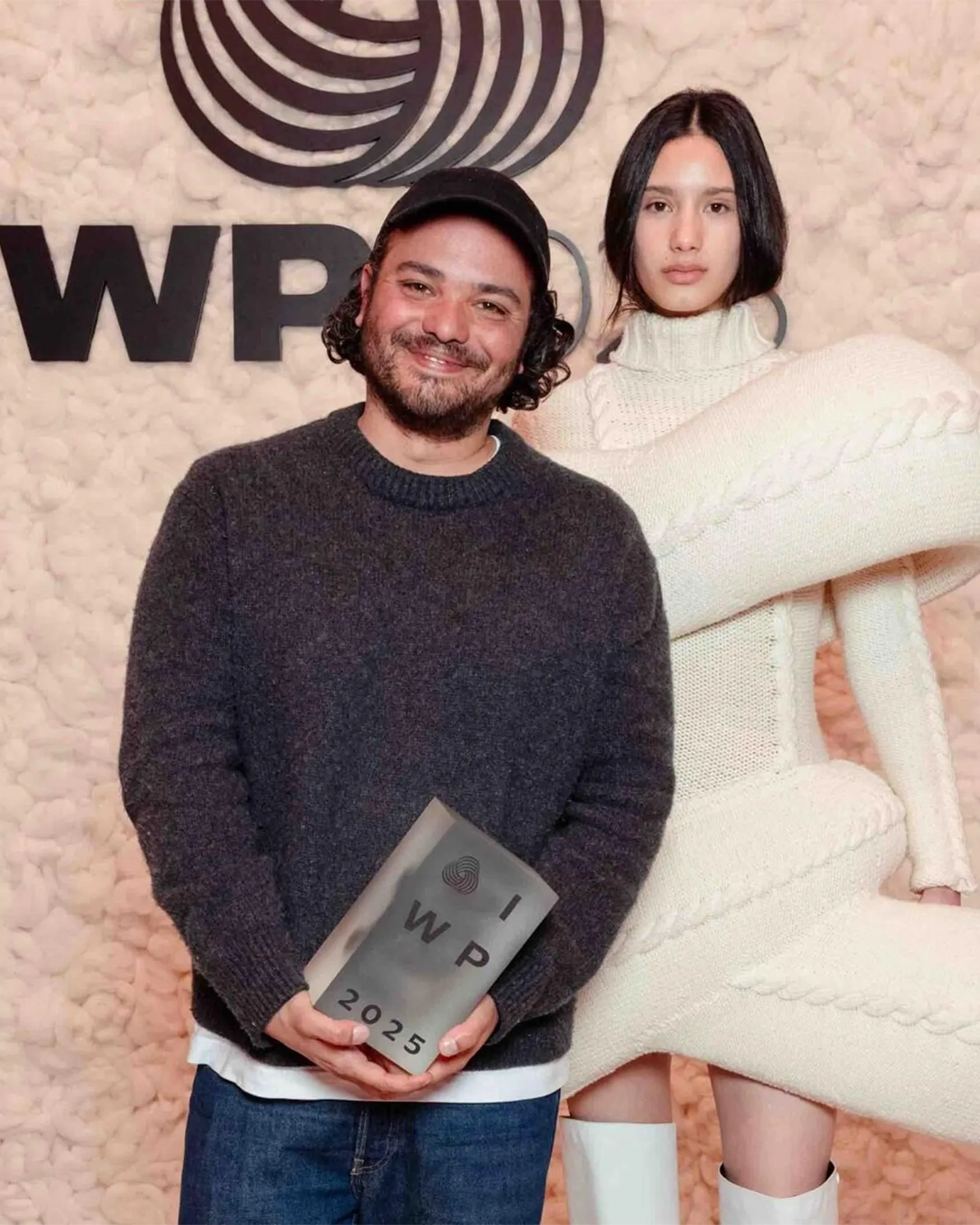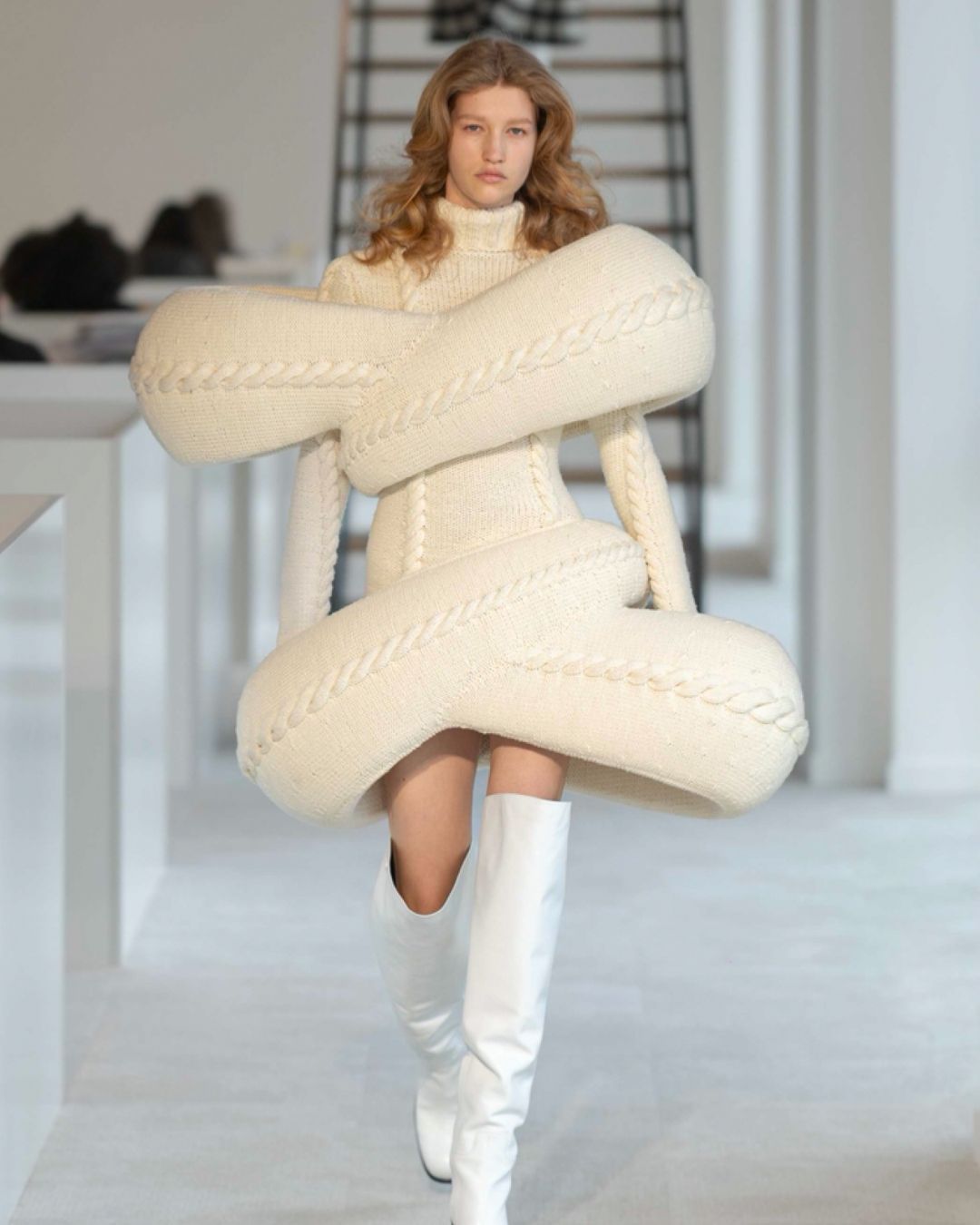
Fashion is dropping function and it's a good thing The runways are becoming more structural, conceptual, and unwearable
Some might argue that function should always come first. But is that really the way forward for fashion? In the real world, imagine a pair of Rick Owens boots gliding down a cobbled Venetian alley. Heads would turn, not only because the shoe is strange, but because it broke the visual rhythm of a city poised for long, touristy walks. A sharp silhouette amidst rubber sneakers feels disruptive, and almost shocking. But perhaps this kind of reaction reveals as much about us as it does about the shoe: are we conditioned to feel unsettled by what we don’t recognize, can’t comprehend, or over our set limitations? In a recent Vogue Business article, it was noted that “recession fashion” reflects a consumer shift toward the basic or timeless, versatile staples over a bold statement. Yet even in these moments of economic caution, some runways thankfully tell a different story.
To be loud—and really go for it—is essential to Duran Lantink, and it shows in his work. In his Fall 2025 Ready-to-Wear collection, model Mica Argañaraz opened the show wearing a hyper-realistic prosthetic male chest, while male model Chandler Frye closed it with oversized prosthetic breasts. It felt more like conceptual art than fashion. Other memorable pieces were two sculptural dresses—one in cream, one in blue—that feature rings around it. Whether anyone will be wearing these looks off the runway this summer remains to be seen, but Lantink’s message stands. “I think now more than ever, it’s important to be a bit more radical. Because if we’re not being radical, then what are we doing?” Lantink said after receiving the Woolmark Prize in April. As he is about to step into his new role as the creative director at Jean Paul Gaultier, a house long known for its own brand of beautiful rebellion, this now carries even more weight.
Similar to Lantink was the debut show of Matières Fécales earlier this year at Paris Fashion Week. Founded by Hannah Rose Dalton and Steven Raj Bhaskaran, the duo has long built a brand on breaking boundaries, dismantling binaries, and reimagining beauty as we know it. Their universe may feel strange to some, beautiful and inspiring to others, but at its core is a call to stay true to yourself, especially when that said self exists beyond what society expects. Their Fall-Winter 2025 collection made that message clearer through three standout pieces that celebrated unwearability in the most gorgeous way: a white dress with feathered wings erupting from the shoulders, a black suit with dark plumes growing from the sleeves and front lining, and a long, white gown with dramatic wings, modeled by Dalton herself.
On the recent Met Gala red carpet, Miley Cyrus remarked that the event’s theme was about “celebrating identity and uniqueness” and “challenging what's expected of you and going beyond,” as reported by People. The 32-year-old artist wore a custom Alaïa by Pieter Mulier, a designer widely praised for pushing fashion through sculptural, innovative silhouettes, and redefining what clothing can be. Mulier’s last collection for Alaïa tapped into the brand’s belief that beauty exists beyond time or geography. Drawing inspiration from the sculptural work of Dutch artist Mark Manders, Mulier presented pieces that felt more like moving art than conventional fashion. On the runway, exaggerated hips, donut-shaped hoods, and serpent-like vests that appeared to coil across the torso defied wearability in favor of bold visual language. It was weird—the kind of weird that provokes the question, who would actually wear that?—but it was also deeply inspiring, even necessary. Each piece was less about dressing a body and more about sculpting a future.
Fashion often mirrors the economic mood. And while some designers play it safe in this recession indicator-obsessed climate, offering pared-down trends, maxi skirts, and practical staples, others move in the opposite direction. Designers like Duran Lantink and Pieter Mulier at Alaïa are creating so-called “unwearable” pieces. Not for casual office days, but to provoke thought, stir discourse, and inspire new inventions. As originality feels increasingly endangered, their embrace of conceptual design becomes not just refreshing, but an essential form of rebellion. Maybe there is strength in refusing to choose safety, refusing to be ‘boring,’ and in refusing to hunch and shrink yourself for the sake of blending in. When everything else feels derivative, perhaps that can be a very good thing.




